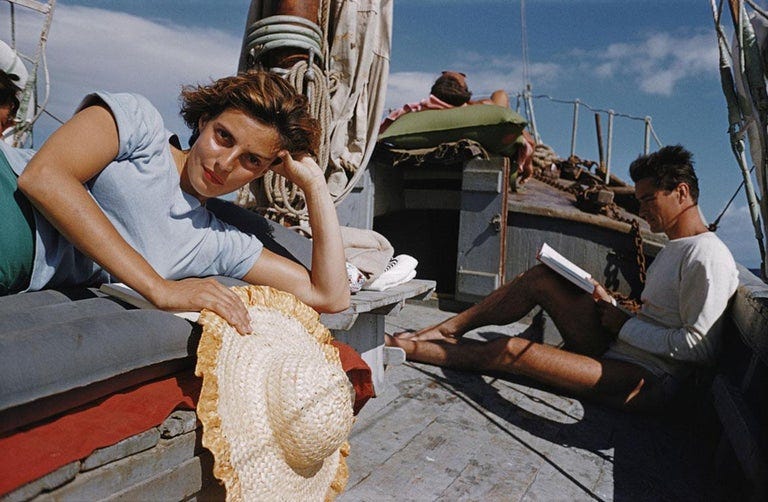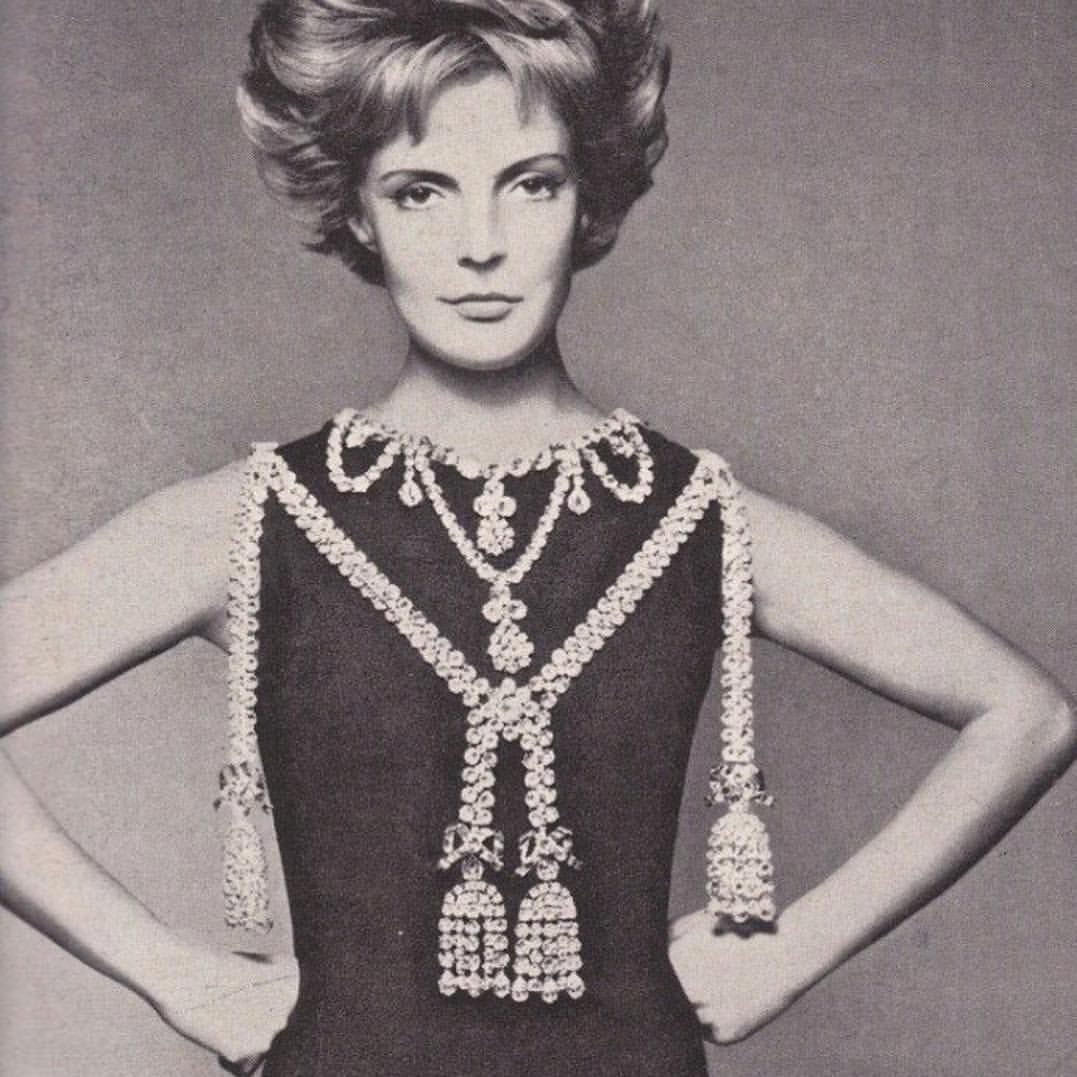Adorable Story #17: Laudomia Del Drago Hercolani
A real life Bond Girl who took the world by storm
“My name is Domietta, but you may call me Dom,”
Ian Fleming, Octopussy and The Living Daylights, 1966

Princess Maria Laudomia Del Drago (simply, Domietta, for her friends) was born on February 24, 1932 in Rome, Italy.
Her father was Urbano del Drago, prince of Mazzano and her mother was one of the famous Balestra Sisters, Flaminia.
She had grown up, very alone and very rich (particularly from her mother’s side), in a castle in the Roman countryside, with tutors and ladies-in-waiting.
From those years she had remained able to speak fluent Latin, which left bewildered the Vatican’ cardinals who met her throughout her life.
In the 50s she married the Bolognese Prince Andrea Hercolani, thus becoming a Princess by both her own family’s and her husband’s lineage.
In the 60s, she was famous for her Balenciaga dresses who made her legendary in fashion circles at the time and her solid gold bracelets in the shape of snakes.
Milton Gendel wrote in a 1964 profile for Vogue America:
“At first glance it is immediately clear that she is not a person like the others… The essence of her beauty immediately appears supported and indeed strengthened by the strong personality enclosed in such an attractive physicality.”
In addition to being an icon of elegance of the Roman aristocracy, Maria Laudomia del Drago was also a woman of great talent, culture and lively irony.
Gendel continued:
“She is fluent in Italian, English and French and can quibble indifferently with an unknown poet, a famous director or a parliamentary deputy…”.
Cinema Career
Restless and creative, always eager to immerse herself in work, Domietta in the 60s joined (often uncredited) Luchino Visconti in his cinematic endeavors, as the set designer and decorator in many of his works, including The Leopard (1963 Palme d’Or in Cannes) and Vaghe stelle d'Orsa (1965 Leone d’Oro in Venice).
A clip from Luchino Visconti’s The Leopard (1963). Domietta was the set designer for the movie which won the 1963 Palme d’Or in Cannes.
Arbasino’s Swan
Domietta then became the muse of legendary Italian writer Alberto Arbasino who was inspired by her for the character of Desideria in his monumental book “Fratelli d'Italia” (“Brothers of Italy”).
Keep reading with a 7-day free trial
Subscribe to Adorable Times’ Newsletter to keep reading this post and get 7 days of free access to the full post archives.





